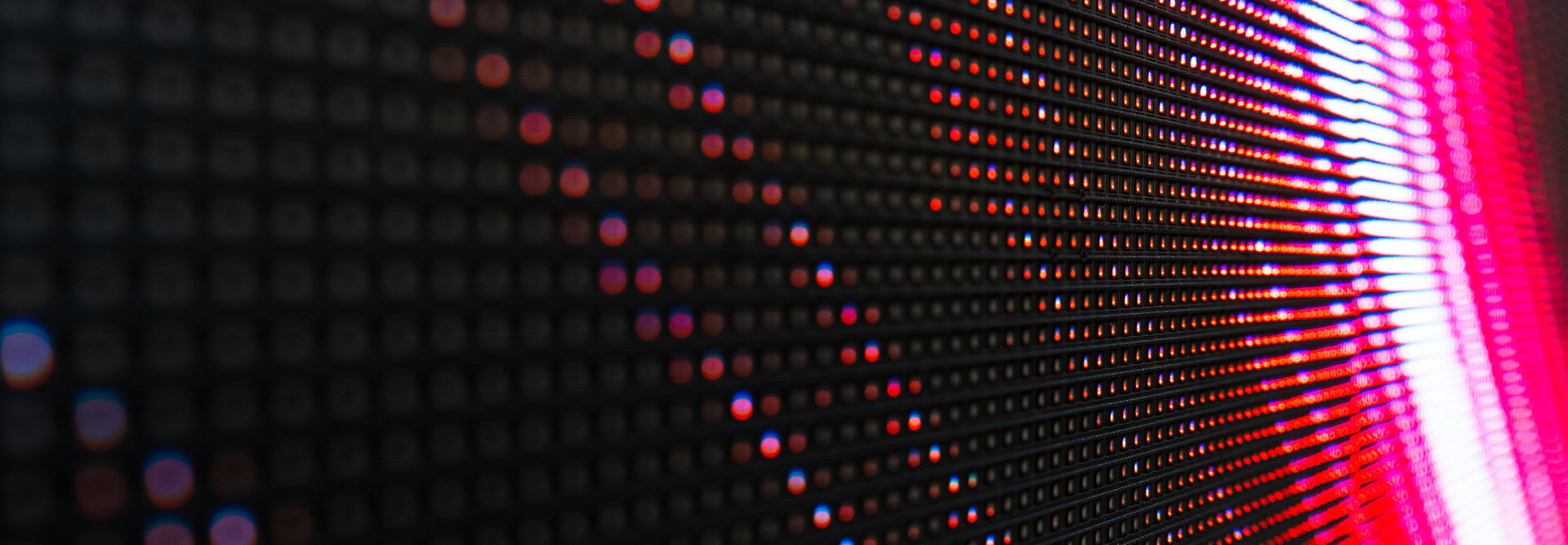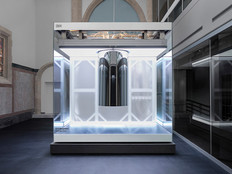Normally, the LED would always stick to the wafer. But UT Dallas researchers have managed to add a nonstick layer to the substrate. The new layer — made of a sheet of carbon one atom thick called graphene — keeps the LED crystals from sticking to the wafer. “It’s very exciting; this method is not limited to one type of material,” Kim said in the release. “It’s open to all kinds of materials.” LEDs are typically used in products such as brake lights and billboards. And micro LEDs, which can be as small as two micrometers, create higher-resolution LEDs. Their small size makes them a good fit for devices such as smartwatches.
The University of Texas at Dallas Creates Foldable, Wearable Tech
University of Texas at Dallas researchers and their international colleagues have found a way to create detachable micro LEDs that can be folded, twisted — and even cut. The wearable LEDs can attach to almost any surface.
Research from UT Dallas, which was published in the journal Science Advances in June, is expected to transform the wearable technology industry.
“The biggest benefit of this research is that we have created a detachable LED that can be attached to almost anything,” Moon Kim, a UT Dallas materials science and engineering professor, said in a news release. “You can transfer it onto your clothing or even rubber — that was the main idea. It can survive even if you wrinkle it. If you cut it, you can use half of the LED.”
READ MORE: The wearables market grows as the technology’s impact on education becomes clear.
The flexible LED technology was developed through a technique called remote epitaxy. This involves creating a thin layer of LED crystals on the surface of a sapphire crystal wafer.









